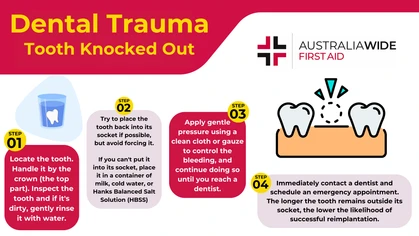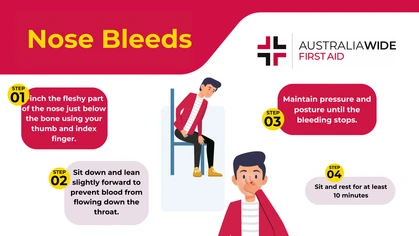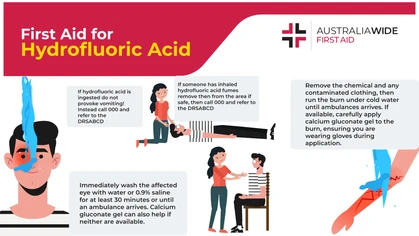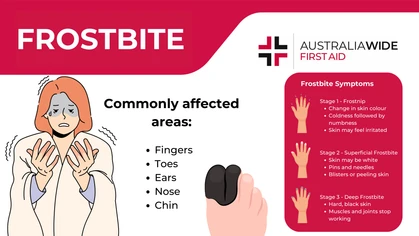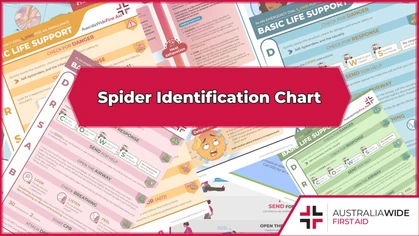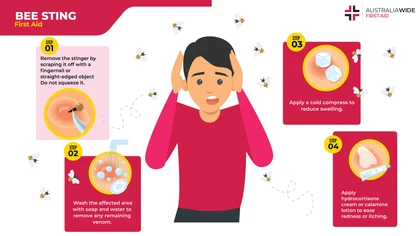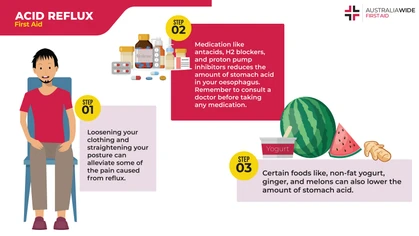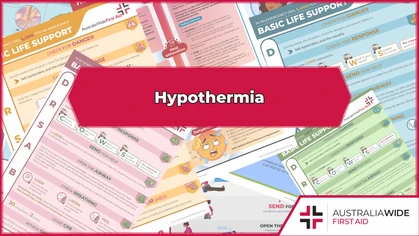Spider Bite Identify Treat Chart

Charts

Australia is home to approximately 10,000 spider species. In this downloadable chart, we outline how to treat bites from ten of Australia's most common spiders. Some of these spiders inflict only mild bites, while others contain venom that is highly potent and toxic to humans.
Spiders are distinct from other insects in that they generally have eight legs instead of six, and their bodies are divided into two parts, rather than three. Likewise, they often contain organs that can produce and spin silk for making webs. Australia is home to approximately 10,000 spider species, only 2,700 of which have been described. Several of Australia's spider species are highly venomous, including the Redback spider and the Funnel web spider, both of which have been responsible for human fatalities in the past. Other spiders, like the Mouse spider and the White tail spider, are less venomous but can nonetheless inflict painful bites accompanied by nausea and malaise. It is important to be familiar with Australia's most common spider species and how to treat their bites. For this reason, the chart below provides information on how to treat bites from 10 of Australia's most common spider species. Our charts can be downloaded and printed in A2 size or smaller.

Other Resources
If you are interested in learning more about Australia's diverse array of spider species, check out the following articles in our Resource Library:- Spider Bite - Identify & Treat
- The Huntsman Spider: Australia's Scariest Arachnid
- Wolf Spiders: The Stealthy Hunters Lurking in Your Backyard
- Trapdoor Spiders: The Tunnel-building Arachnid
- Spider Facts: The Black House Spider
- Spider Facts: The Tarantula
- Spider Facts: The Daddy-Long-Legs Spider
- Spider Facts: The Brown Recluse Spider
- Spider Facts: The Garden Orb Weaving Spider
- A Guide to Adelaide Spiders
- A Guide to Adelaide Spiders
Looking to get you First Aid knowledge up to date?
We run certified First Aid courses throughout all major Acustralian citys. Find a location near you.
Originally published at
https://www.australiawidefirstaid.com.au/resources/spider-bite-identify-treat-chart
as part of the Australia Wide First Aid Articles Library
